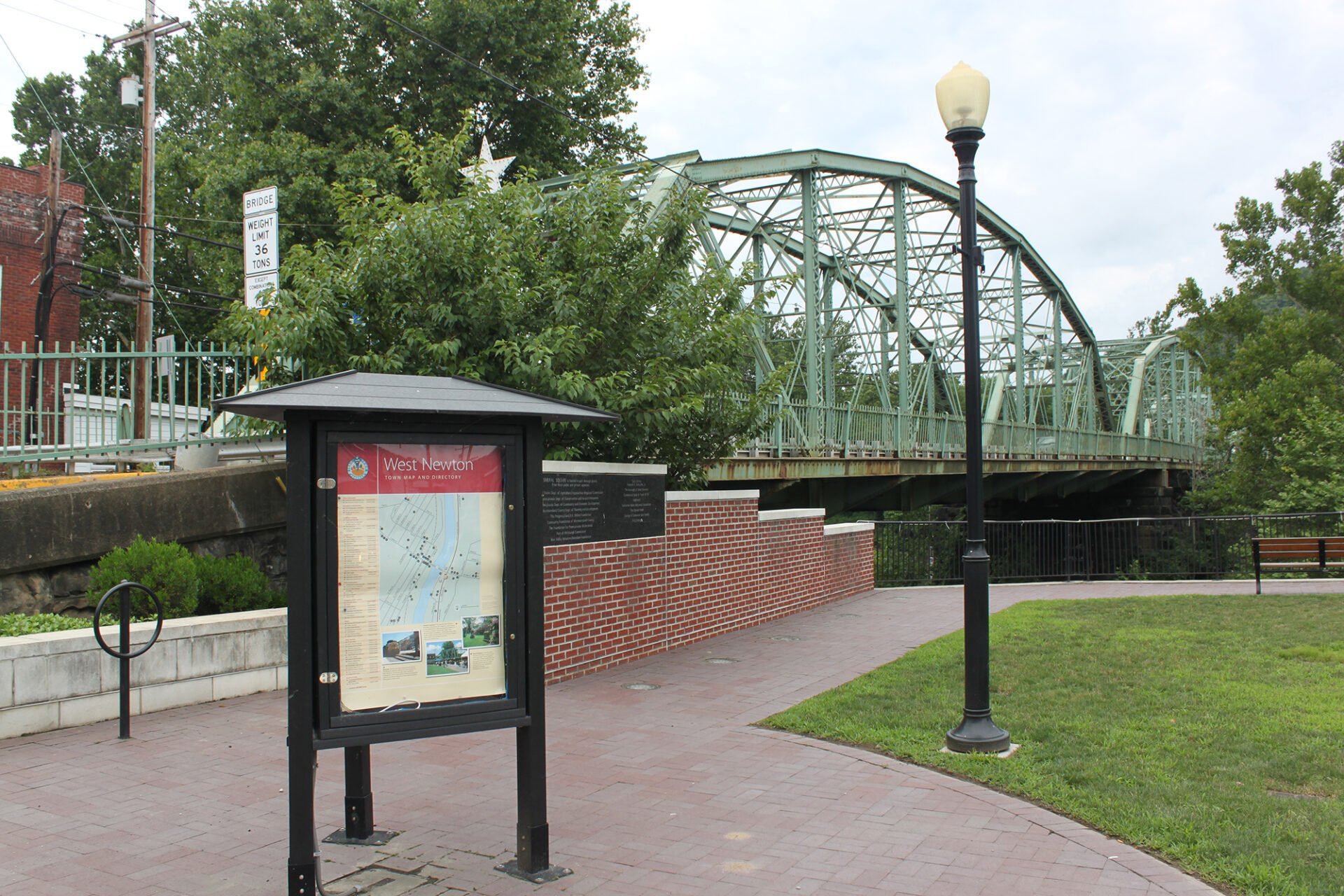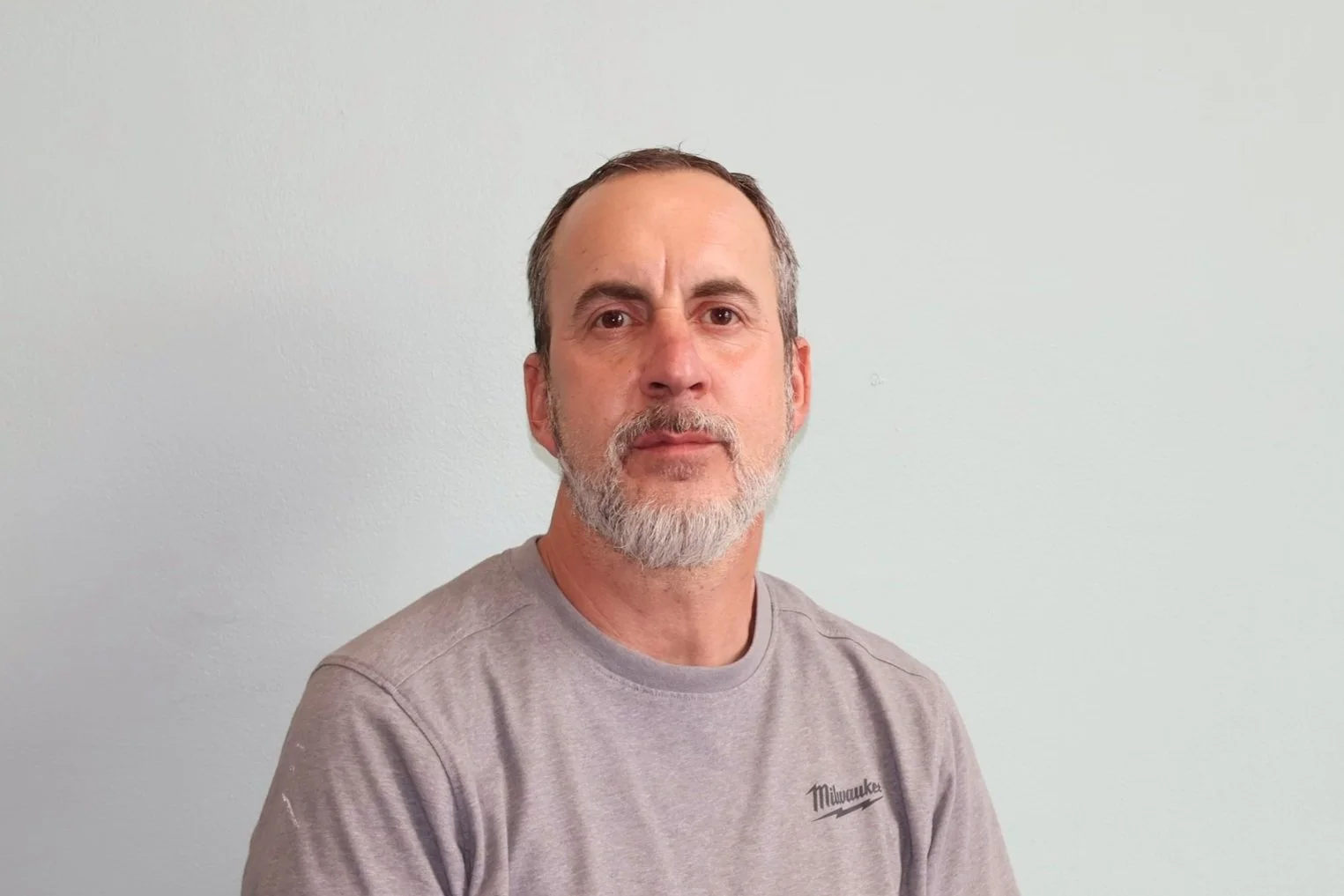
Who We Are
serving the region since 1988
The Mon Valley communities — located south of Pittsburgh along the Monongahela and Youghiogheny rivers in Allegheny, Washington, and Westmoreland counties — were deeply damaged more than 30 years ago when the driving forces of the region’s industrial economy moved away or closed.
Mon Valley Initiative, founded in 1988, works to improve the lives of people in the Mon Valley area by helping to rebuild community infrastructure, provide safe and affordable housing, and connect employers to people seeking new jobs and careers.
We do this by delivering quality services to the people of the Mon Valley, including housing counseling, workforce development and financial coaching, real estate development, and community development.

Our Team
Administration
Community Development
Housing Counseling & HUD Intermediary Program
Real Estate Development
Workforce Development & Financial Coaching

Our Board
2025 Board of Directors
Jane Flaherty, Chair
Regional
Terry Ward, Vice Chair
Swissvale (Swissvale Economic Development Corp.)
Tyler Reeder, Secretary
Regional
Mary Carol Kennedy, Treasurer
East Pittsburgh
Godfrey Bethea, Jr.
Regional
Dale Bizub
Turtle Creek (Turtle Creek Development Corp.)
Lindsey Coy
Homestead
Jeb Feldman
Braddock (Braddock Economic Development Corp.)
Monet Ham
East Pittsburgh
Barbara LaFace
West Newton (Downtown West Newton Inc.)
Richard Wallace
Regional

Our Committees
Committees of the Board
Mon Valley Initiative has several committees that provide important insight and recommendations to inform the decisions of the MVI Board of Directors. These committees consist of Mon Valley community leaders and individuals with extensive experience in banking, real estate, nonprofit management, workforce development, and more.
Audit Committee
Community Investment Fund (CIF)
Governance Committee
Regional Development Committee (RDC)
Workforce Advisory Committee

Local Partners and Advisory Groups
building community partnerships
Local advisory groups and community development corporations have been indispensable to Mon Valley Initiative since its foundation in 1988.
These volunteer-led, grassroots organizations in many cases serve as key contacts for MVI staff in the communities that Mon Valley Initiative serves. They help MVI build connections to the communities and they bring potential projects to the MVI board for consideration.
With the help of these CDCs and other groups, MVI is able to implement a diverse range of revitalization strategies that are identified by local residents.
The depth and diversity of MVI’s approach to housing counseling, workforce development and financial coaching, real estate development, and community development owes much to the cooperation it receives from its community partners.

Our History
OUR HISTORY
In the late 1970s and early 1980s, U.S. Steel, Westinghouse Electric, WABCO, Union Switch and Signal, and Wheeling-Pittsburgh Steel all closed major manufacturing plants in the Monongahela Valley. Some sources indicate that as many as 175,000 jobs were lost in the region when these plants closed.
Major industrial sites occupied hundreds of acres of land and as landowners, the corporations were major taxpayers. Without this tax revenue, communities in the Mon Valley were hard-pressed to provide basic services to their residents. People moved out, and the Valley’s role as the engine of the Pittsburgh region’s economy was lost.
As factories were closing, a number of business and industry leaders representing Pittsburgh’s largest corporations began an aggressive plan to address the problems that arose from the fall of heavy manufacturing.
Through the Allegheny Conference on Community Development, the group focused its work on setting strategic investment strategies for the region to address the devastating economic decline. One of their recommendations included hiring a community organizer to find a way to encourage reinvestment in the Mon Valley.
That organizer, Michael Eichler, and key leaders and funders of the Allegheny Conference sought solutions directly from people who lived and worked in the Valley. They recommended strategies that offered a means to broadly engage local people in implementing economic and community development projects.
In addition to helping to form new grassroots organizations, Eichler also provided support to community development corporations, or CDCs, that were already in existence. Through the Allegheny Conference, the “Mon Valley Development Team” was formed in January 1987.
In April 1988, the representatives of these grassroots CDCs began to discuss the possibility of forming a regional coalition. These discussions led to the incorporation of Mon Valley Initiative in December 1988.




























